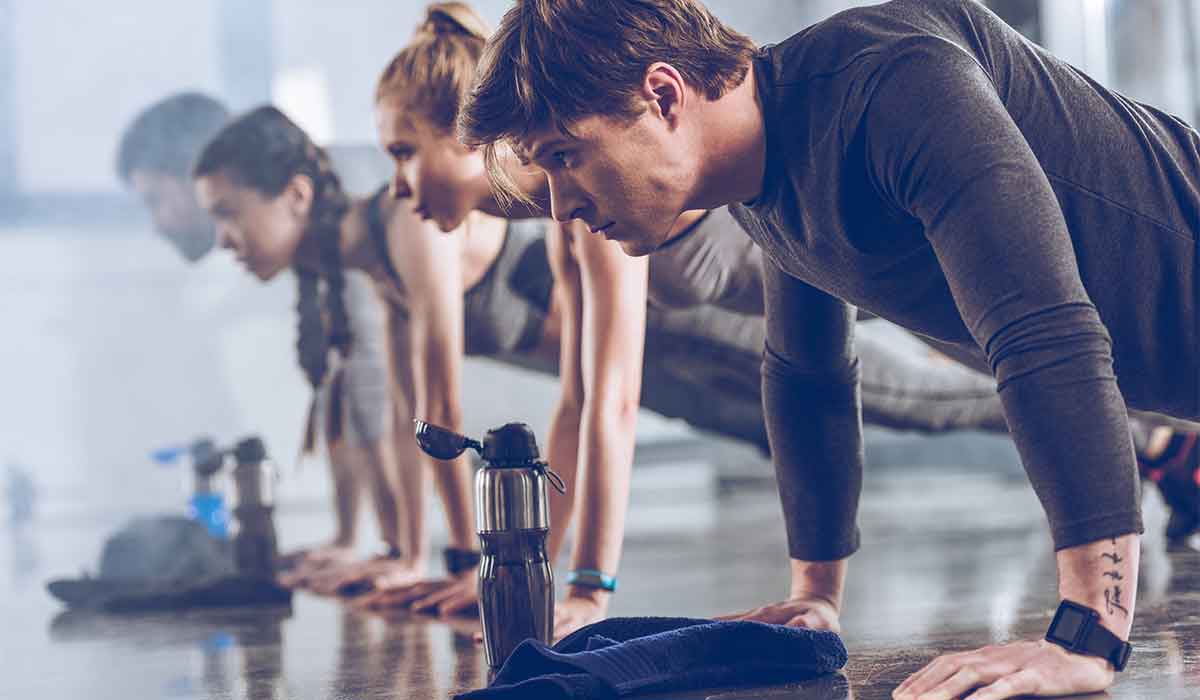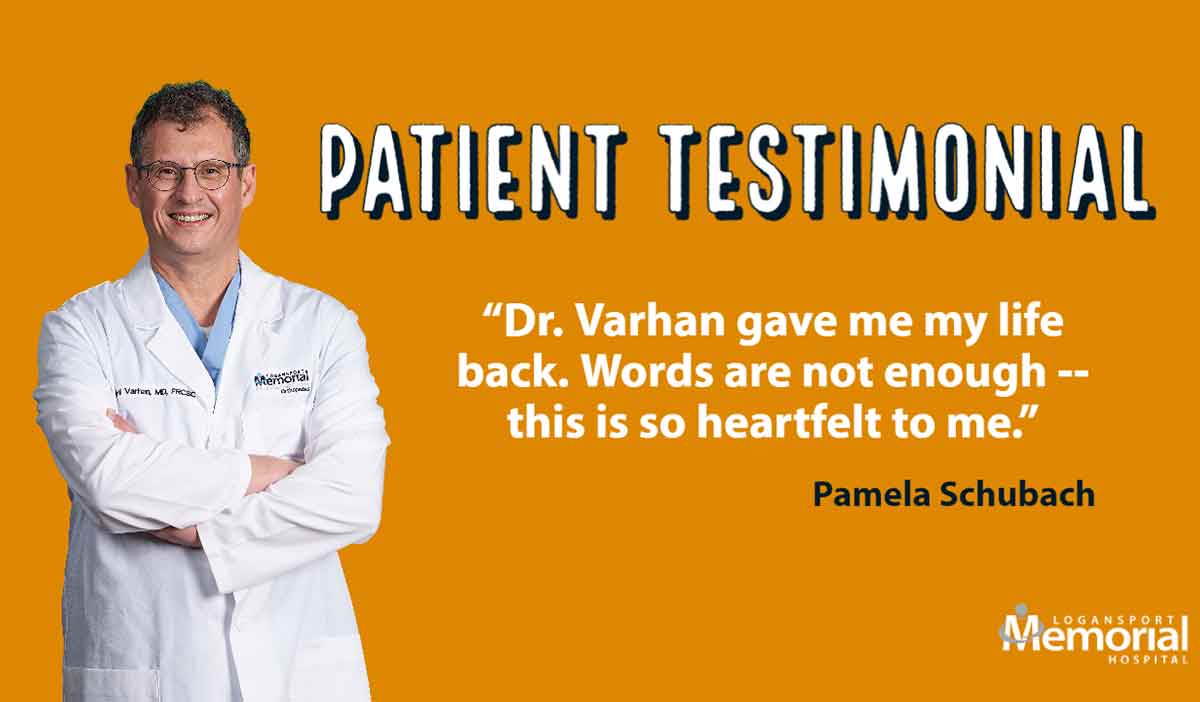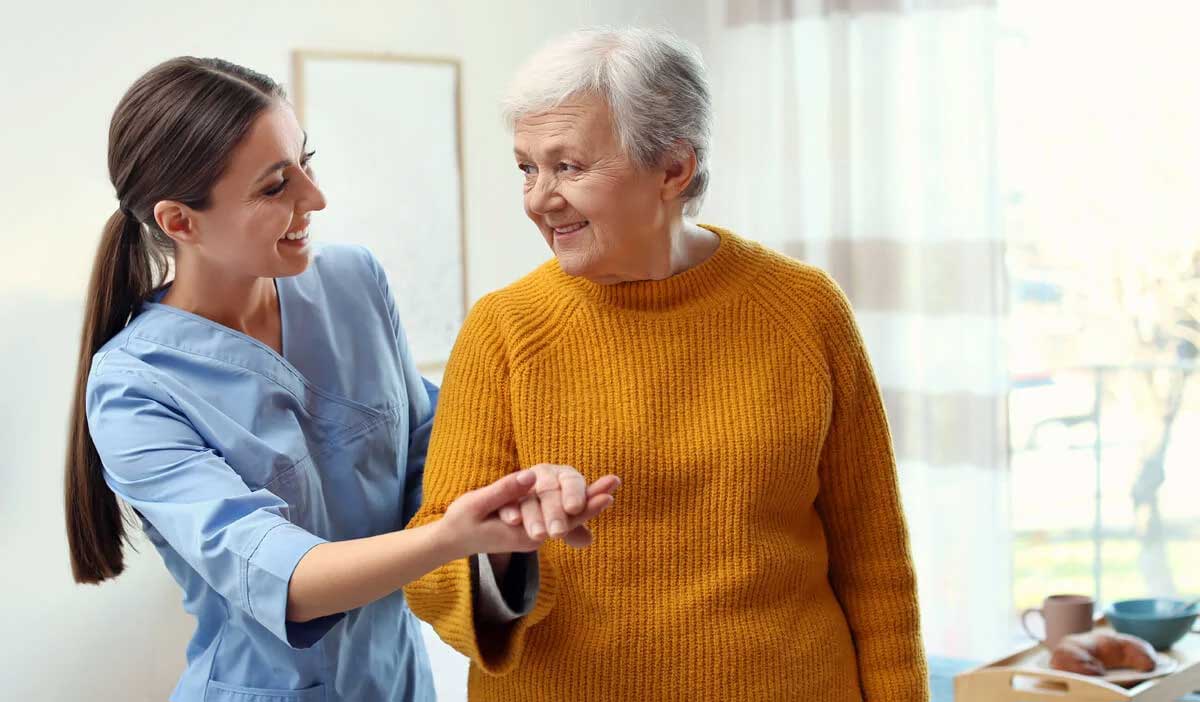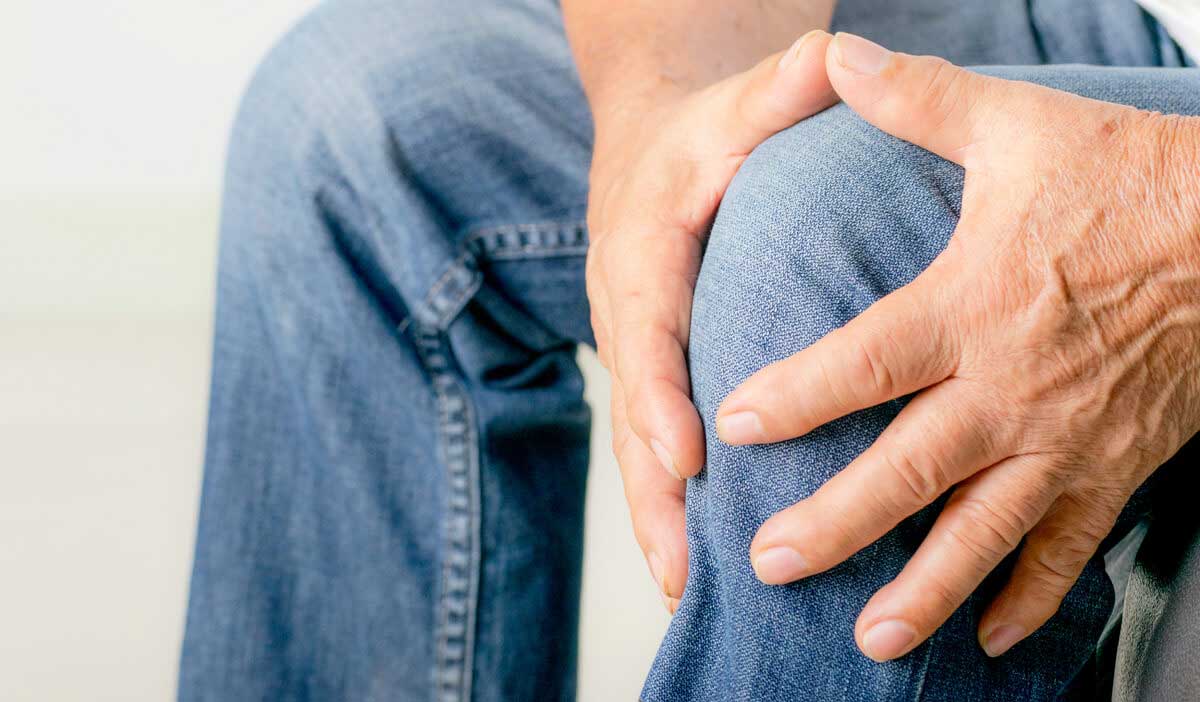
Not all exercise injuries need immediate medical attention. Depending on how badly you got hurt, different treatment options are available.
In most cases, you can treat injuries from strenuous workout activities right at home. However, when your injury is serious, don’t hesitate to see a provider.
Common injuries
Physical activity often affect can often affect your joints, such as knees, shoulders, and elbows. Some of the most common sports injuries to these areas include:
- Ankle sprains
- Hamstring strains
- Pulled groins
- Shin splints
- Knee injuries
- E.g., ACL injuries, MCL injuries, and kneecap dislocations
Treating exercise injuries at home
You can follow the R-I-C-E method to treat minor athletic injuries, like strains and sprains. The four steps of the R-I-C-E method are:
- Rest your injury
- Ice your injury for about 20 minutes every hour until pain (and possible swelling) is alleviated
- Compress your injury by wrapping it in a bandage or splint
- Elevate your injury to decrease blood flow and reduce or prevent swelling
When your injury first occurs, icing and elevating often slows swelling and eases pain. This tactic can also makes your injury more visible, which may help determine its severity and what further treatment you need.
How to know when you should see a sports medicine doctor
If your athletic injury is severe, you may need to seek help from a medical professional.
Sports medicine physicians specialize in prevention and treatment of athletic injuries, and they provide specialized treatments to help injured people get back to normal life.
Sports injuries, including acute and overuse injuries, can be treated with a combination of surgical procedures (if necessary) and physical therapy treatments. Your sports medicine physician will assess your injury and recommend a personalized treatment plan that best suits your specific health needs and recovery goals.
Preventing sports injuries
In some cases, athletic injuries can be avoided. Prevention is a great way to increase your odds of avoiding injury. You can stay safer when you exercise and play if you also:
- Get regular exercise. The more often you exercise the more your body is used to being active, and this conditioning makes it harder for your body to get injured when you’re physically active.
- Listen to your body and relax when you need to. Yes, the more active you are the better, but when your body tells you that you need a break, listen.
- Perfect your technique. There is are proper techniques to all forms of exercise. Practicing proper form is a great way to avoid straining your body.
- Stay hydrated and fueled. Your body is meant to exercise and play, but only when it is properly fueled. It’s easier to get a serious injury when your body is dehydrated or lacks the nutrition it needs for peak performance.
- Get plenty of sleep. While you sleep, your body recovers from all the activities you did during the day. Lack of sleep interruptsyour body’s recovery process and leaves you susceptible to injury.
Sports Medicine at Logansport Memorial Hospital
You don’t have to live with severe pain from an athletic injury. Logansport Memorial Hospital’s expert sports medicine team is made up of board-certified orthopedic surgeons, a board-certified foot and ankle specialist, certified athletic trainers, and a team of certified physical therapists.
Through a partnership with local schools, Logansport Memorial Hospital provides student athletes with immediate and thorough care from the moment of injury all the way to recovery.
Learn about our sports medicine program
Explore our orthopedic services
You might also like:
- Exercise yourself happy
- The side effects of poor sleep
- The two essential steps for exercising the right way




